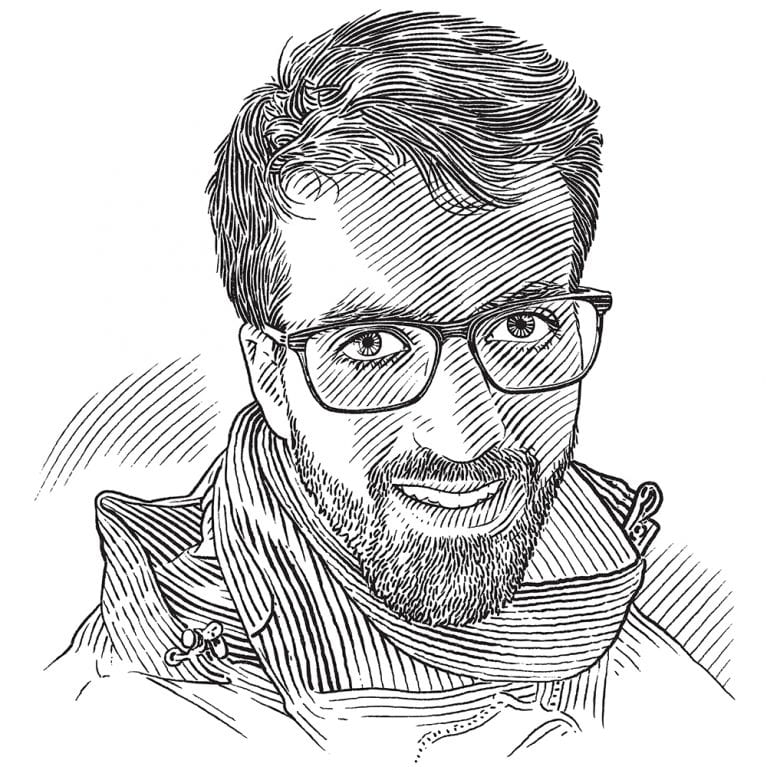Jaime Penadés Suay

Who I am
The first breath I took underwater changed me. Having been born and raised in Valencia, Spain, I took the Mediterranean for granted. It was like a constant landscape and I only started to fall in love with it when I became a licensed diver. It is only through experience that we learn to acknowledge our natural heritage. Once we appreciate what we have, the urge to protect it comes naturally. I am currently in the final stage of my PhD studies on the ecology of parasites in elasmobranchs (sharks and rays), which is how I have linked my profession with my passion. Studying at the ‘Universitat de València’, I look up to respected researchers who have gone before me and at the same time try to answer the questions we still have about the species that inhabit our sea. Of these questions, the most imperative of all is, what can we do to protect the marine environment better? A year ago, a group of researchers and I created LAMNA, an association that aims to focus attention on the elasmobranch species that share our territory. My main motivation is to demonstrate that you can study biology in Spain despite the economic crisis and the poor state of the environment. There are still a lot of species we know little about and I am willing to acknowledge that.
Where I work
The Alicante region of Valencia has a long history of being a place for mass tourism, where visitors come for the warm weather and good beaches. A sandy sea floor with patches of the endemic sea grass Posidonia oceanica, rocky areas that are home to many fish species, clear blue water that just asks to be dived into… It’s no wonder that this is a hotspot for tourists in summer. But little to no attention has been given to the impact that these visitors and their activities have on the species that inhabit the coastal areas. As it is LAMNA’s main objective to encourage Valencians to care about the abundance of elasmobranchs we have and to worry about losing them, we were searching for an ‘umbrella species’ that would show people the wonder we feel when we observe life under the sea. Looking for both possible candidates and diving locations, we found a nursery area where small spiny butterfly rays Gymnura altavela can be found alongside large females. Our aim is to study this spot and see how we can make use of it to raise awareness of the need to protect this species and its habitat.
What I do
The IUCN classifies the spiny butterfly ray as Critically Endangered in the Mediterranean. Although not targeted by fisheries, the species is taken as by-catch and also faces the threat of losing its shallow habitat because of coastal development, pollution and human disturbance through tourism activities. LAMNA has located certain areas where these rays are easily found, but these areas are near places of increasing tourist interest, which could pose a threat to the rays. So our search for other spiny butterfly ray hotspots continues. We would also like to know more about the population of rays that occurs in them. Fortunately, these rays spend much of their time on the sea floor and leave characteristic marks in the sand that last for days. The marks indicate the size of the animal that has left them and whether it is a female or an adult male. The spiny butterfly ray’s characteristic shape, large size and gentle behaviour around divers makes this species an ideal educational model for tourists and locals, who can get involved in caring for the environment by learning to appreciate what they have.
